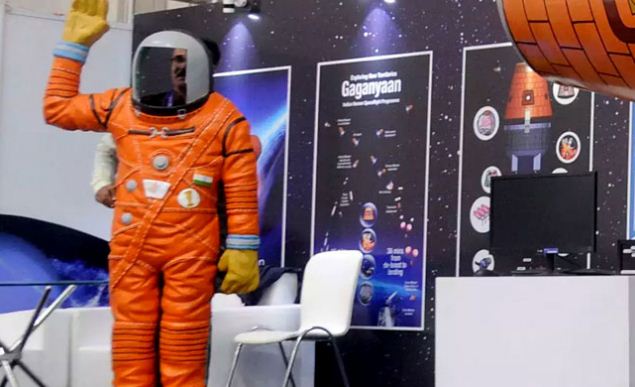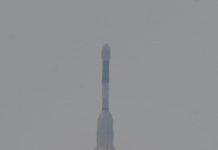By ScienTist
Having probed and measured the depths of space with huge success, India will now also dare to go really deep into the oceans. According to space and earth sciences minister Jitendra Singh, India is set to gain the distinction of concurrently launching the primary human space mission ‘Gaganyaan’, as well as a primary manned human ocean mission, called Samudrayaan, in 2023.
The Samudrayaan mission will be India’s first manned ocean mission. It is a part of the Deep Ocean Mission, according to Singh.
The Samudrayaan mission aims to send men deep into the ocean in a submersible vehicle for deep-ocean exploration and rare mineral mining. A trial will be followed by a mission that will send three people to a depth of 6,000 m in the sea in a manned submersible vehicle called MATSYA 6000 for deep underwater studies.
If India is successful with its Ocean Mission, India will join countries such as the US, Russia, France, Japan, and China who already have niche technology and vehicles to carry out subsea activities.
Singh said that this will be helpful in exploring the minerals and thermal energy in the depth of the ocean.


The space mission
The Gaganyaan programme envisages undertaking the demonstration of human spaceflight to low earth orbit (LEO) in the short-term and will lay the foundation for a sustained Indian human space exploration programme in the long run.
The objective of Gaganyaan programme is to demonstrate indigenous capability to undertake human space flight missions to LEO.
Addressing the World Ocean Day celebrations in Delhi, Jitendra Singh mentioned trials for each the space and ocean manned missions have reached a sophisticated stage and the distinctive feat shall be achieved, most definitely, in the second half of 2023. “Sea trials of 500 m rated shallow water version of the manned submersible are expected to take place in early part of 2023, followed by the MATSYA 6000, the deep-water manned submersible that will be ready for trials by the second quarter of 2024.”
Similarly, for Gaganyaan, main missions just like the take a look at automobile flight for the validation of crew escape system efficiency and the primary un-crewed mission of Gaganyaan are scheduled in the second half of 2022 and that shall be adopted by the second un-crewed mission on the finish of 2022 carrying “Vyommitra”, a spacefaring human robotic developed by Isro, and at last the primary crewed Gaganyaan mission in 2023.
Singh additionally mentioned the Union authorities will quickly unveil the ‘Blue Economic Policy’ and added that an estimated 40 million folks shall be employed by ocean-based industries by 2030, an announcement from the ministry mentioned.
“The government had approved a deep ocean mission in June last year to be implemented by the earth sciences ministry at a total budget of Rs 4,077 crore for five years,” he mentioned, calling upon officers to develop area of interest applied sciences and collaborate with industries in finishing up deep-ocean exploration of the non-residing assets equivalent to polymetallic manganese nodules, gasoline hydrates, hydro-thermal sulphides and cobalt crusts, situated at a depth between 1,000 and 5,500 m.


Taking a cue from the unlocking of the space sector, the minister proposed to revive the business arm of the ministry of earth sciences. He mentioned that marine companies in India should attain their full potential as oceans present residing and non-residing assets, from fisheries to marine biotechnology, minerals to renewable vitality.
SOME FACTS
What are the benefits as a result of undertaking the
Gaganyaan programme?
The Human spaceflight programme has both tangible and intangible benefits for the nation, which includes:
i) Progress towards a sustained and affordable human and robotic programme to explore the solar system and beyond.
ii) Advanced technology capability for undertaking human space exploration, sample return missions and scientific exploration.
iii) Future capability to actively collaborate in global space station development & to carry out scientific experiments of interest to the nation.
iv) Create a broad framework for wider Academia – Industry partnership in taking up development activities for national development.
v) Ample scope for employment generation and human resource development in advanced science and R&D activities.
vi) Unique opportunity to inspire and excite Indian youth and steer many students toward careers in science and technology towards challenging jobs that encourage knowledge, innovation and creativity.
vii) The programme will strengthen international partnerships and global security through the sharing of challenging and peaceful goals. Having a vibrant human spaceflight programme can be leveraged as a potent foreign policy tool.




















